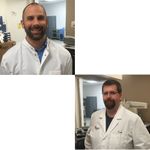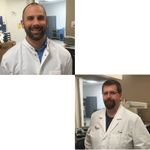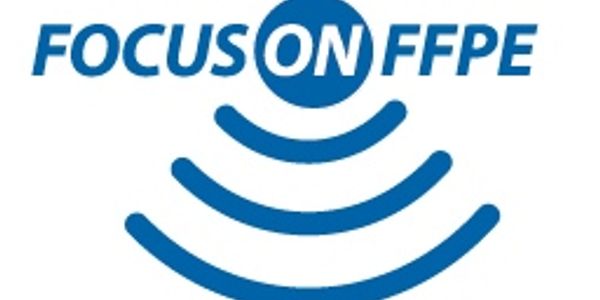Library Preparation
Library preparation is the initial part of the procedure for next generation sequencing. During this step, DNA or RNA is fragmented and then adhered, or ligated, to the sequencing platform allowing for sample identification. In ligation-based library prep fragmentation and ligation occur in two separate steps while in tagmentation-based library prep fragmentation and ligation are completed in one step.
-
Sanger sequencing and polymerase chain reaction (PCR) methods have been the standard molecular methods in clinical diagnostics for decades. Next-Generation Sequencing (NGS) technology r...Speaker: Gerd Michel, PhD , Lou Welebob
Oxford Nanopore’s MinION is a small sensing device which can sequence DNA and RNA directly, without the need to perform an enzymatic synthesis reaction. The device is portable and is po...
This presentation is a rebroadcast of a previous webinar with live Q&A. Please confirm the start time and date in your time zone. We’ve included several examples below for your re...
Speaker:
David Horvath, MS
, Zach Smith, MS
Presented at: Beckman Coulter Life Sciences Virtual Trade Show
Sponsored By: Beckman Coulter Life Sciences, Beckman Coulter Life Sciences
Sponsored By: Beckman Coulter Life Sciences, Beckman Coulter Life Sciences
DNA and RNA sequencing sample preparation can involve many tedious and error prone steps. Liquid handling automation solutions can help standardize your processes and achieve more consistent ...
Speaker:
David Horvath, MS
, Zach Smith, MS
Presented at: Beckman Coulter Life Sciences Virtual Trade Show
Sponsored By: Beckman Coulter Life Sciences, Beckman Coulter Life Sciences
Sponsored By: Beckman Coulter Life Sciences, Beckman Coulter Life Sciences
DATE: June 22, 2016
TIME: 9am Pacific time, 12pm Eastern time, 6pm Central European time
A large fraction of the RNA transcribed in eukaryotic cells is rapidly degraded in the nucleus. A ...
DATE: June 9, 2016
TIME: 9AM Pacific time, 12pm Eastern time
The rapid growth of Microbiomics has increased the demand for standard methods to improve the reproducibility and...
Generating NGS data you can trust is highly reliant on the quality of the library sample that’s sequenced. NGS sample prep has become more streamlined, but it’s still a labo...
Speaker:
David Horvath, MS
, Zach Smith, MS
Presented at: Beckman Coulter Life Sciences Virtual Trade Show
Sponsored By: Beckman Coulter Life Sciences, Beckman Coulter Life Sciences
Sponsored By: Beckman Coulter Life Sciences, Beckman Coulter Life Sciences
Library preparation for Nanopore sequencing is a very flexible process. There are many ways in which a sequencing template, or other analyte, can be presented to a nanopore for analysis. PCR...
Speaker:
David Stoddart, MBioch, DPhil
Presented at: Genetics and Genomics Virtual Event Series 2016


















